10+ Years Experience
Specialist Spray Painters

If you’ve noticed signs of damage on the exterior of your building, you may be wondering what cladding is and why repairs are necessary. In this comprehensive article, we will explore the common types of cladding, the telltale signs of damage, and the different methods and materials used for repairs.
We will also discuss how to choose a professional cladding repair company, the cost involved, and whether homeowners insurance can cover these repairs. We will provide maintenance tips and long-term solutions to prevent future damage. Stay tuned to learn everything you need to know about cladding repairs.
Cladding refers to the application of one material over another to provide a skin or layer for a building’s exterior.
It serves a dual purpose in architecture, both enhancing the visual appeal of a structure and safeguarding it from external elements. By adding cladding, architects can transform the appearance of a building, giving it a fresh, modern look or a traditional facade, depending on the chosen material.
Cladding plays a crucial role in weatherproofing, shielding the building from rain, wind, and other environmental factors that could potentially damage the underlying structure. Common materials used in cladding include wood, metal, vinyl, brick, and stone, each offering unique aesthetic qualities and levels of durability.
The significance of cladding lies in its ability to prolong the lifespan of a building by protecting it from moisture, temperature fluctuations, and corrosion, thus ensuring the structural integrity and longevity of the edifice.
Cladding repairs are essential to maintain the structural integrity of a building, prevent water ingress, and ensure the facade’s weatherproofing.
Neglecting cladding repairs can lead to severe consequences such as moisture penetration, which can cause extensive damage to the building’s infrastructure over time. When cladding is left unrepaired, it becomes susceptible to cracks, leaks, and mould growth, compromising the building’s overall safety and aesthetics.
Damaged cladding not only affects the building’s appearance but also poses risks such as decreased energy efficiency and increased maintenance costs.
Timely maintenance is crucial in avoiding these risks and protecting the building from potential weather-related damages and water ingress.
Common types of cladding include aluminium panels, steel panels, and composite materials, each offering unique properties and aesthetic appeal.
Aluminium panels are popular for their lightweight yet durable nature, making them suitable for modern and contemporary building styles.
Steel panels, on the other hand, are known for their strength and longevity, often chosen for industrial or commercial structures requiring robust protection.
Composite materials, combining elements of both aluminium and steel, offer a versatile option with a balance of strength and design flexibility, making them ideal for a range of architectural styles from sleek and minimalistic to intricate and ornate.
Signs of cladding damage may manifest as cracks, discolouration, or moisture stains on the building’s exterior walls, indicating potential water ingress issues.
These visible indicators of cladding damage are crucial warning signs that should not be overlooked. Discolouration can signal underlying issues, while cracks may point to structural weakening. Rust spots can also indicate moisture penetration, leading to decay.
It is essential to address these signs promptly to prevent further deterioration and potential water ingress problems. Ignoring these early symptoms can result in costly repairs and compromise the building’s integrity. Regular maintenance and timely interventions can help maintain the aesthetic appeal and structural integrity of the structure.
Cladding damage is repaired through a series of restoration and refurbishment techniques that aim to restore the facade to its original condition.
This process involves thorough inspection of the damaged areas to assess the extent of the harm. Once the assessment is complete, skilled technicians proceed to remove the damaged sections carefully.
Depending on the severity of the damage, they may opt for spot repairs or complete panel replacements. Refurbishment methods such as cleaning, repainting, or applying protective coatings are then employed to ensure the facade’s durability and visual appeal.
By addressing different types of damage like scratches, dents, or discoloration, the ultimate goal is to enhance the building’s appearance while preserving its structural integrity.
Cladding repair methods encompass remediation, panel replacement, and surface refurbishment to rectify damage and enhance the building’s facade system.
Remediation techniques involve repairing the existing cladding through methods such as sealing cracks, filling gaps, or applying protective coatings to prevent further deterioration.
Panel replacement procedures entail removing damaged cladding panels and installing new ones to restore the integrity and aesthetics of the facade.
Surface refurbishment approaches focus on cleaning, polishing, or repainting the cladding to rejuvenate its appearance and extend its lifespan.
It is crucial to assess the extent of damage accurately to choose the most suitable method for effective and long-lasting repair.
Materials commonly used for cladding repairs include waterproofing agents, sealants, and matching facade panels to ensure a seamless restoration of the building’s exterior.
Utilising high-quality waterproofing agents is essential in protecting the building structure from moisture infiltration, which can lead to decay and structural damage. Sealants play a crucial role in sealing gaps and joints to prevent water seepage, maintaining the integrity of the cladding system.
When selecting compatible facade panels, it is vital to consider not only their aesthetic appeal but also their performance in terms of durability and weather resistance. By incorporating durable materials in cladding repairs, property owners can achieve long-lasting results that enhance the building’s appearance and structural integrity.
Selecting a professional cladding repair company entails evaluating their expertise, workmanship quality, and adherence to safety standards for effective repair solutions.
Choosing a reputable cladding repair company goes beyond just a quick online search. Look for companies that hold relevant certifications, such as accreditation from industry bodies like the Construction Industry Training Board (CITB) or the Property Care Association (PCA).
Consider their experience in cladding repair – a company with a proven track record and years of experience is more likely to provide reliable and high-quality services. When assessing potential companies, inquire about their commitment to quality workmanship and ask for examples of past projects to gauge the standard of their work.
A reputable cladding repair company should possess certifications in facade maintenance, safety standards, and relevant qualifications to ensure competent and reliable repair services.
These certifications and qualifications play a vital role in adhering to industry standards and best practices in facade maintenance. Clients rely on knowledgeable professionals with expertise in assessing, diagnosing, and executing repairs on various types of cladding systems.
By holding relevant certifications, such as those from industry-recognised organisations, the company showcases its commitment to safety protocols and quality workmanship.
The expertise gained through specialised training equips the team with the necessary skills to handle complex repair projects efficiently and effectively, ensuring client satisfaction and building trust within the industry.
Assess the company’s experience in cladding repairs, considering their portfolio, past projects, and reputation within the construction industry to gauge their proficiency and reliability.
Reviewing a company’s past projects can provide valuable insights into their capabilities and quality of workmanship. Client testimonials offer a glimpse into the customer experience and satisfaction levels.
A strong industry reputation signifies trustworthiness and a track record of successful projects. Expertise in the construction industry is crucial for ensuring that the cladding repairs are carried out effectively and efficiently, delivering long-lasting refurbishment solutions that meet the client’s expectations.
Enquire whether the cladding repair company provides warranties for their workmanship, ensuring peace of mind for property owners and reassurance regarding the project’s quality.
Warranties play a crucial role in cladding repair projects by offering protection to property owners against unforeseen issues that may arise after the repair work is completed. These warranties act as a safety net, giving assurance that the repair company stands behind their work and will address any defects or problems that may occur within the specified warranty period.
The duration of warranties can vary, with some companies offering shorter-term warranties while others provide more extensive coverage. Having a warranty in place not only safeguards your investment in the repair project but also demonstrates the company’s commitment to delivering long-lasting and high-quality results.
The cost of cladding repairs varies based on factors such as the extent of damage, material quality, and the project scope, with a focus on enhancing the property’s value.
Another crucial consideration influencing repair costs is the choice of materials. High-quality materials may have a higher upfront cost but could result in lower maintenance expenses in the long run.
Labour expenses also play a significant role, as skilled professionals typically charge more for their expertise. The size and complexity of the project can impact costs, with more extensive repairs requiring additional materials and labour.
It’s essential to remember that investing in cladding repairs not only enhances the aesthetics but also adds value to the property, making it a worthwhile long-term investment.
Several factors impact the cost of cladding repairs, including the type of property (residential or commercial), the complexity of the cladding systems, and the extent of damage.
Property type plays a significant role in determining costs, as residential structures often require different materials and techniques compared to commercial building painting. The intricacy of the cladding systems, such as the design, material composition, and installation method, can also greatly influence repair expenses.
The severity of the damage, whether it’s minor surface issues or structural integrity problems, will directly affect the complexity and cost of the repairs needed. Understanding these distinctions is crucial for property owners to anticipate and budget for potential cladding repair expenses in their specific residential or commercial contexts.
Householders insurance may cover cladding repairs in cases where damage is caused by covered perils, such as water ingress, emphasising the importance of reviewing policy details for potential coverage.
In situations where the cladding damage is a result of a covered peril like a storm or fire, householders may be eligible to file an insurance claim to assist in the repair costs. It’s essential for householders to understand the specifics of their insurance policy, including what types of damage are covered and any limits or exclusions that may apply.
Regularly reviewing and updating your insurance policy can help ensure that you are adequately protected in the event of cladding damage, potentially saving you from unexpected financial burdens down the line.
Preventing cladding damage involves implementing regular maintenance practices, ensuring safety standards, and promoting sustainability in building exteriors.
Homeowners can maintain cladding by inspecting for damage, cleaning regularly, and following a structured maintenance plan to preserve the property’s aesthetics and structural integrity.
Regular inspection is crucial to detect any issues early on, such as cracks, fading, or moisture damage, which can worsen if left unattended.
Cleaning methods may vary depending on the type of cladding material – gentle soap and water for some, while others might need specialised cleaning solutions.
By implementing a comprehensive maintenance plan, homeowners can ensure that their property not only looks visually appealing but also remains structurally sound, preventing costly repairs down the line.
Long-term protection for cladding involves implementing waterproofing solutions, establishing a facade maintenance programme, and periodic inspections to ensure the facade’s durability.
There are a range of other services that we can provide. Have a look at the list below for more information:
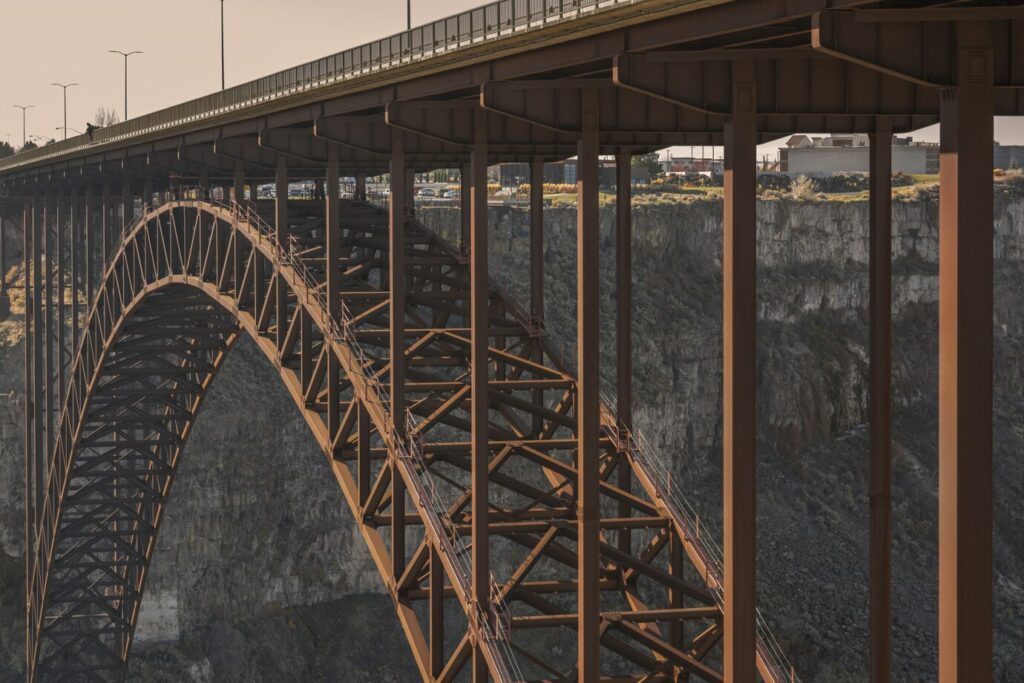
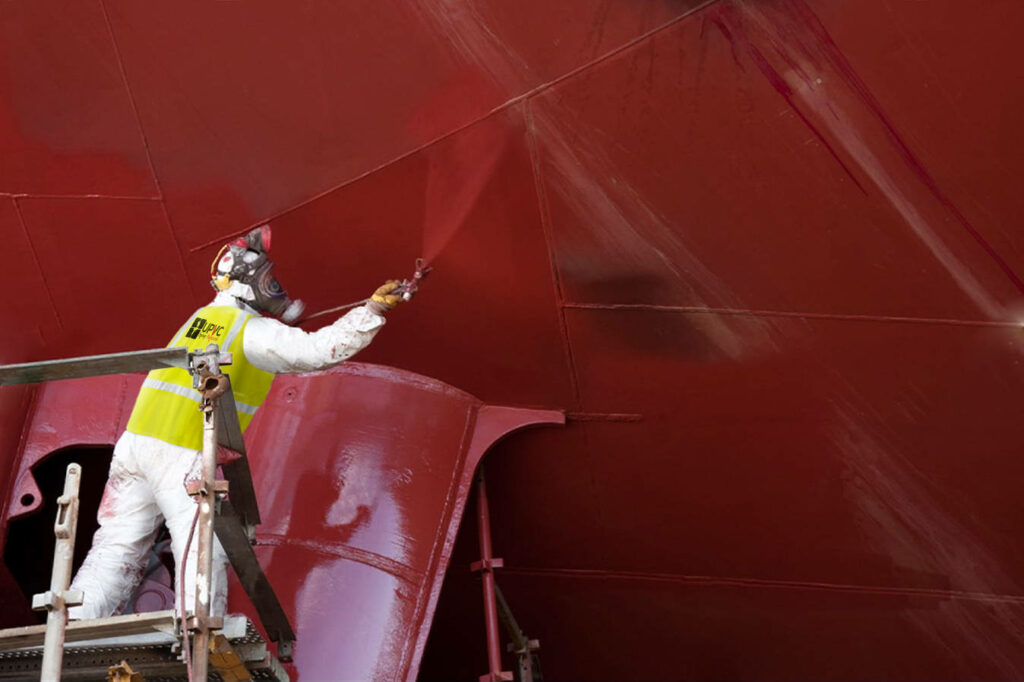
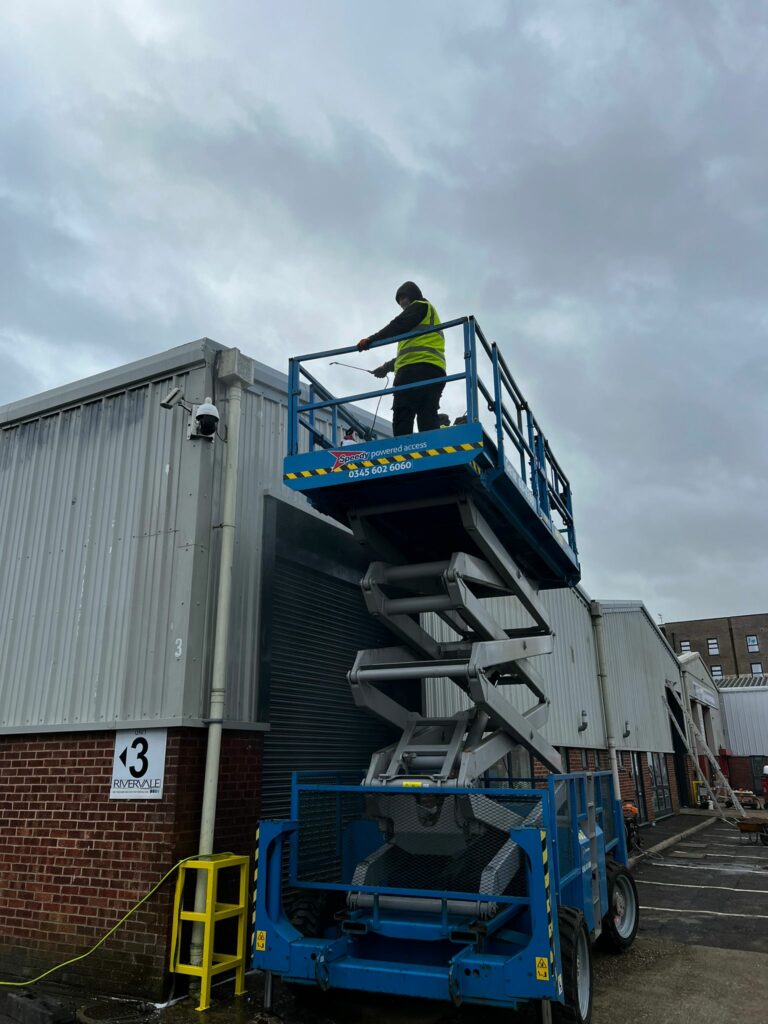
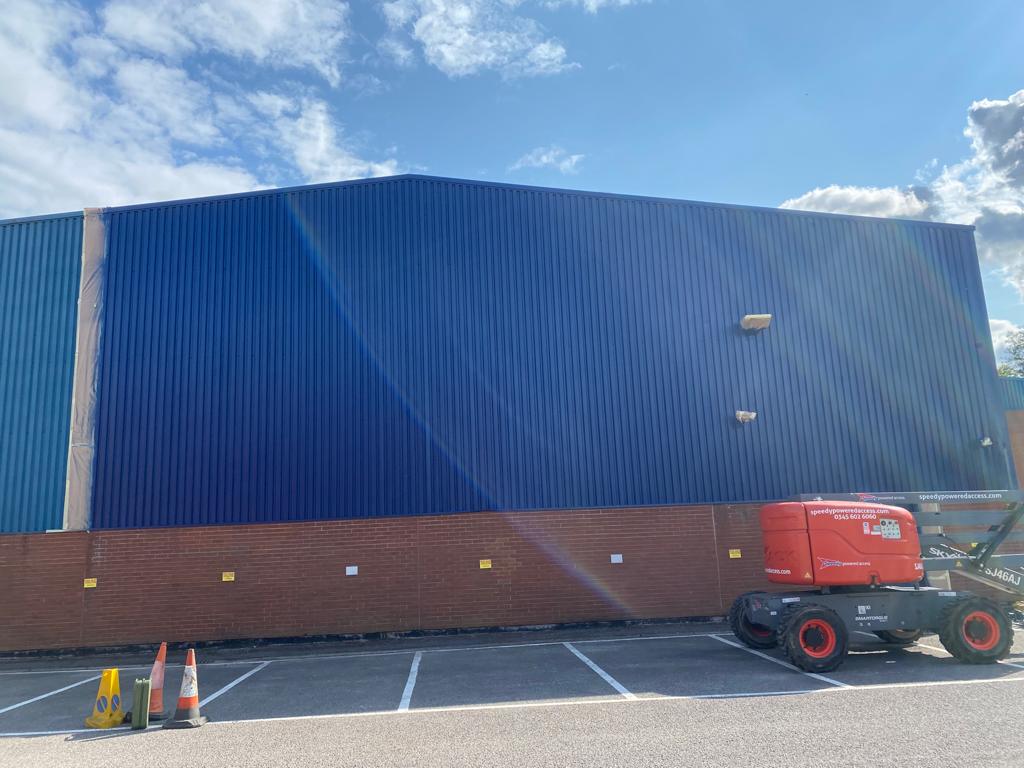
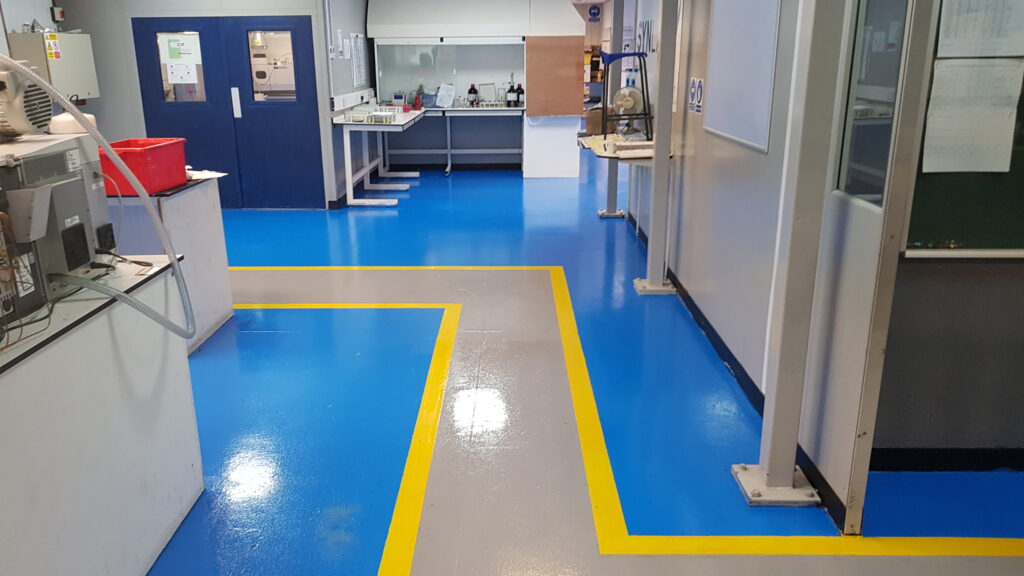
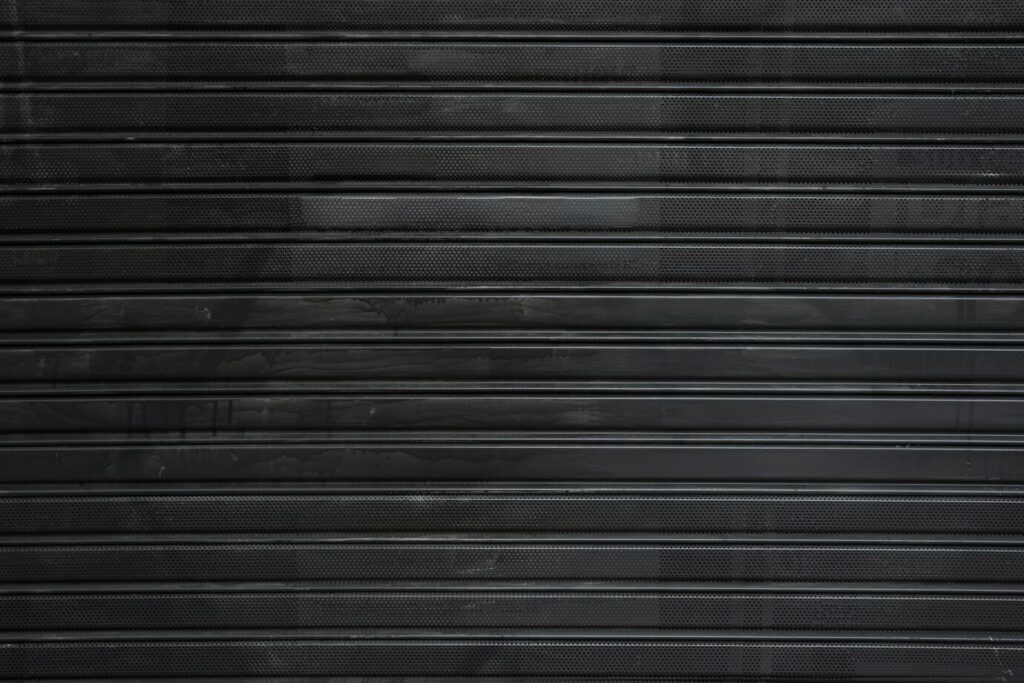
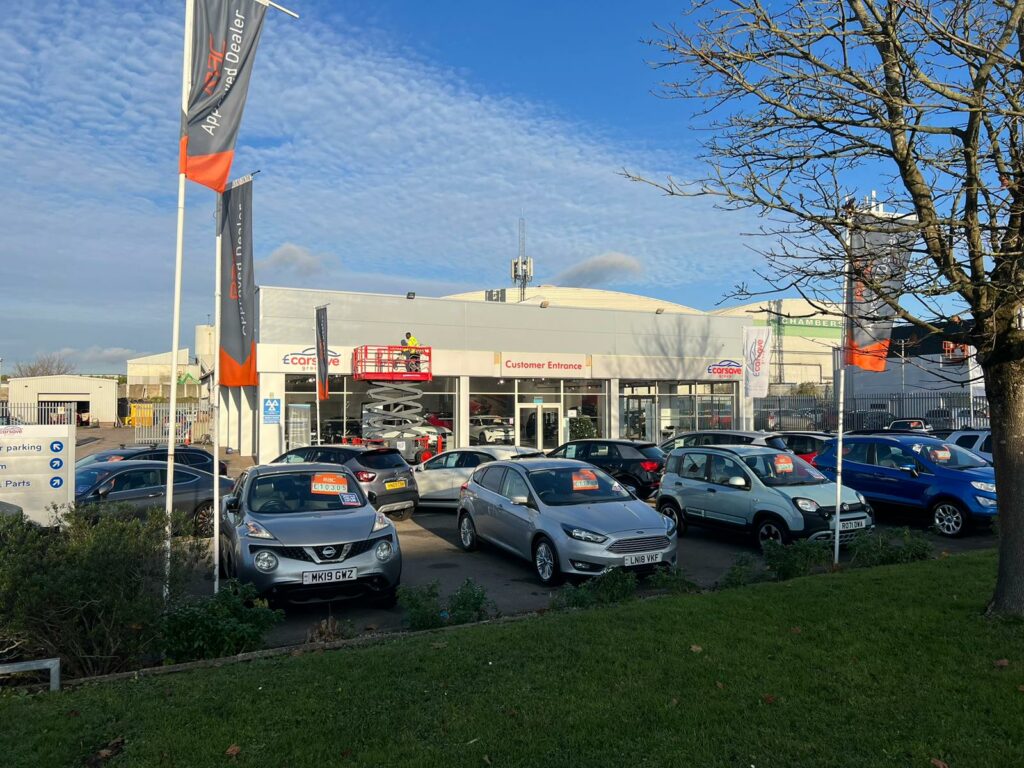
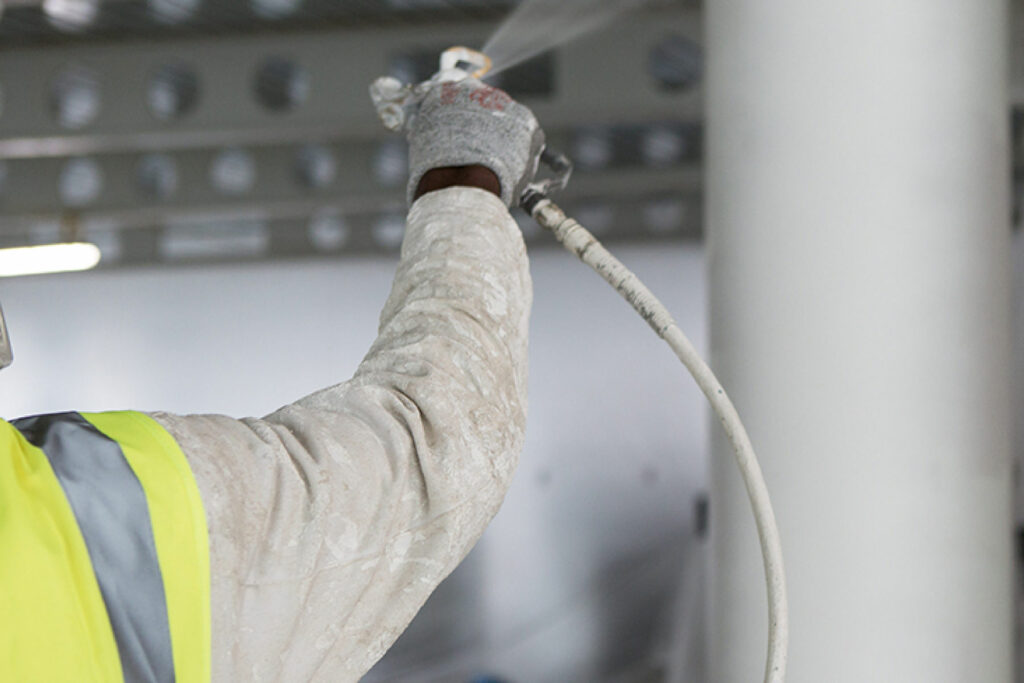
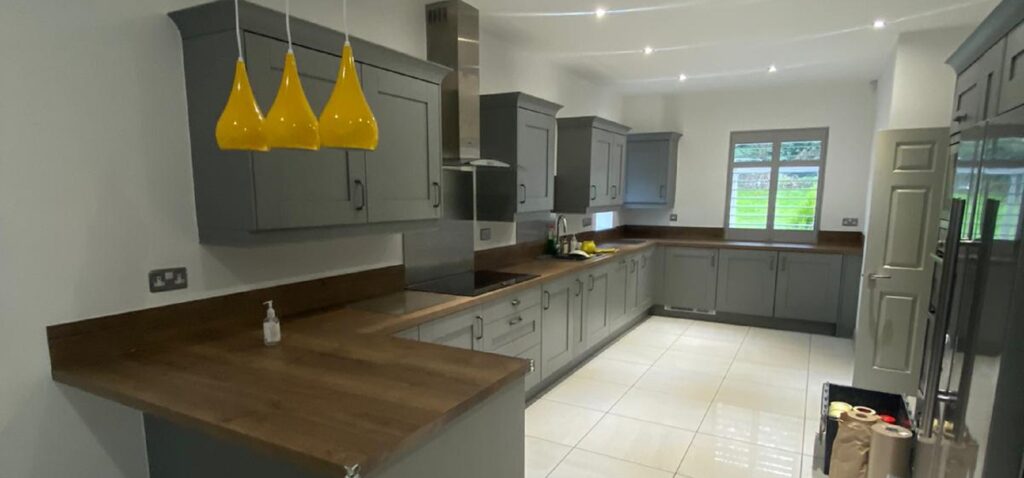


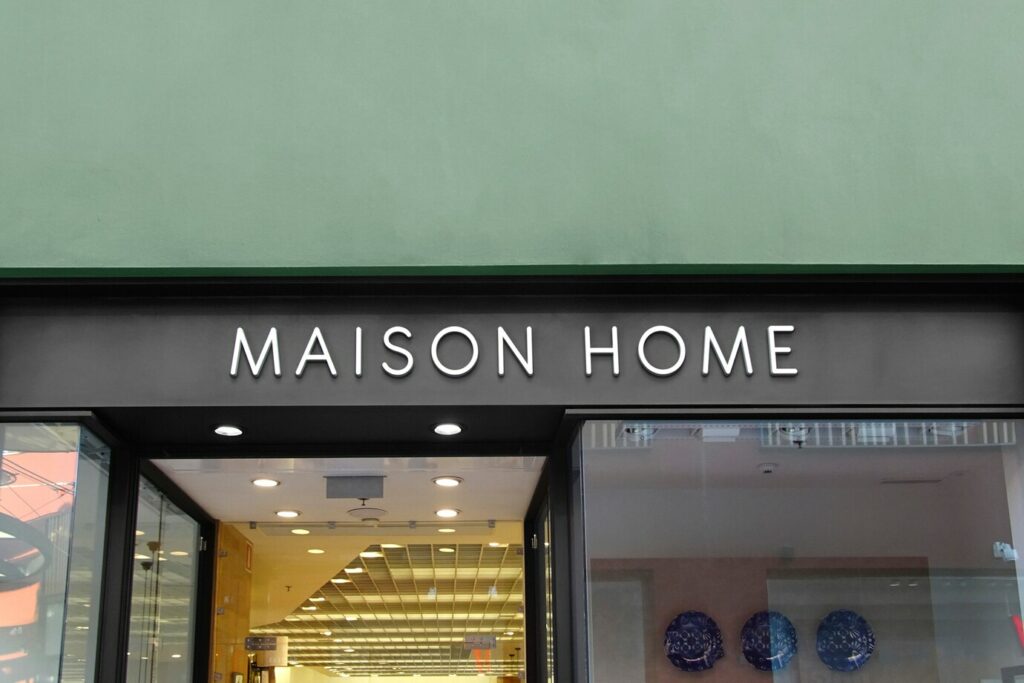
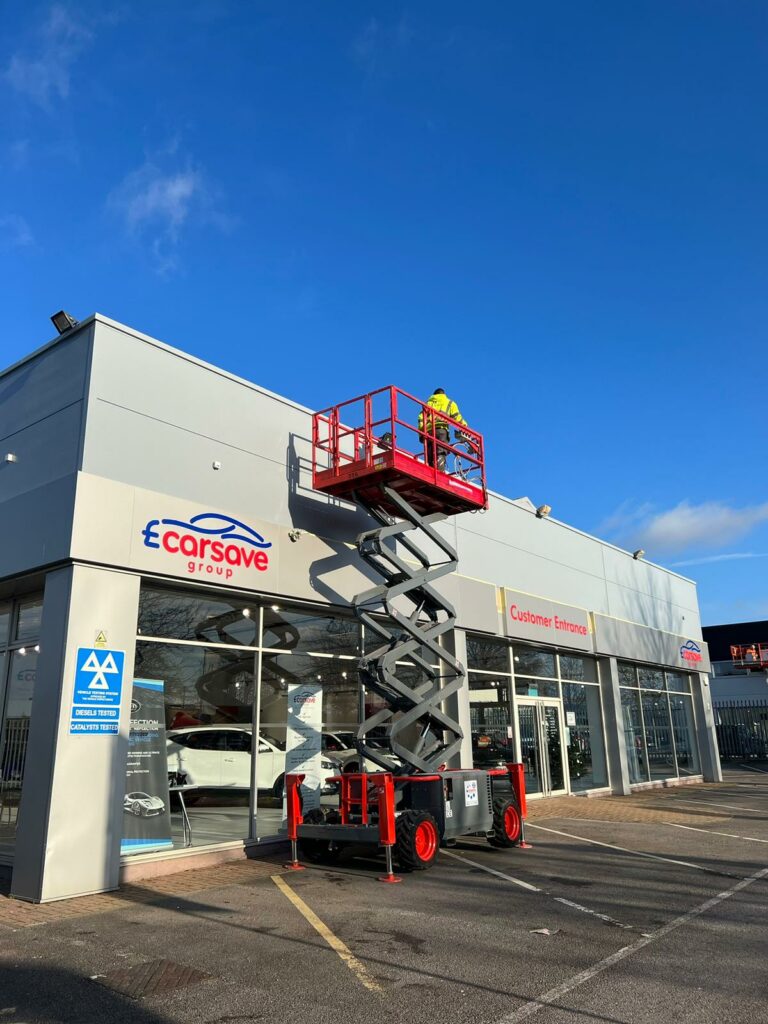
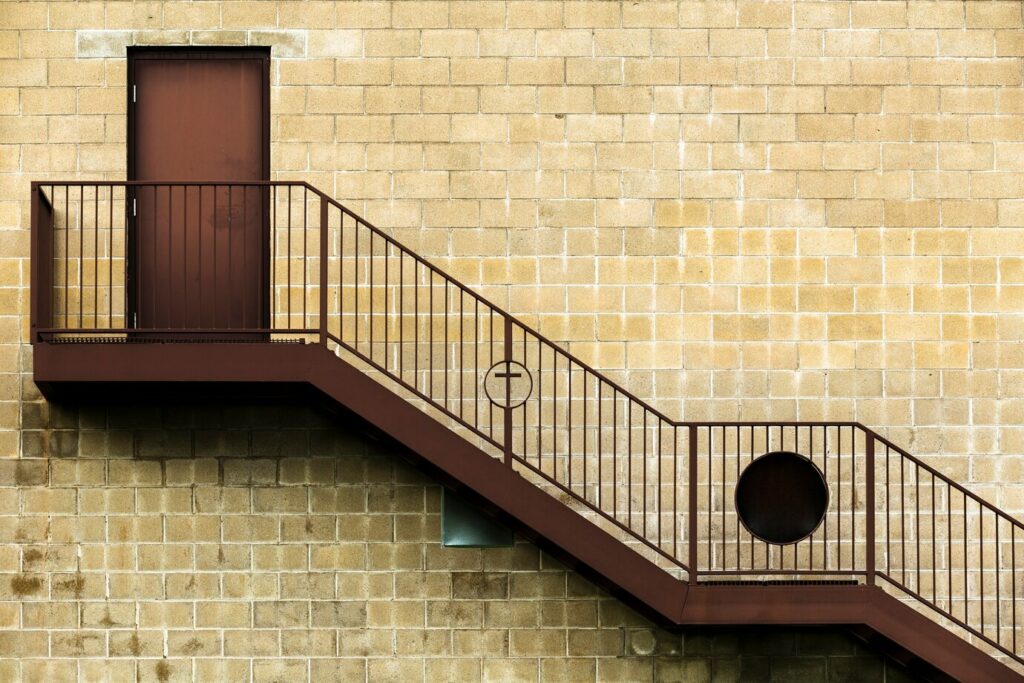
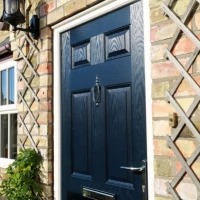
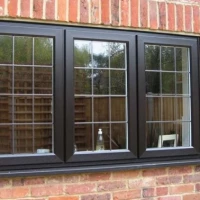
We Aim To Reply To All Enquiries With-in 24-Hours